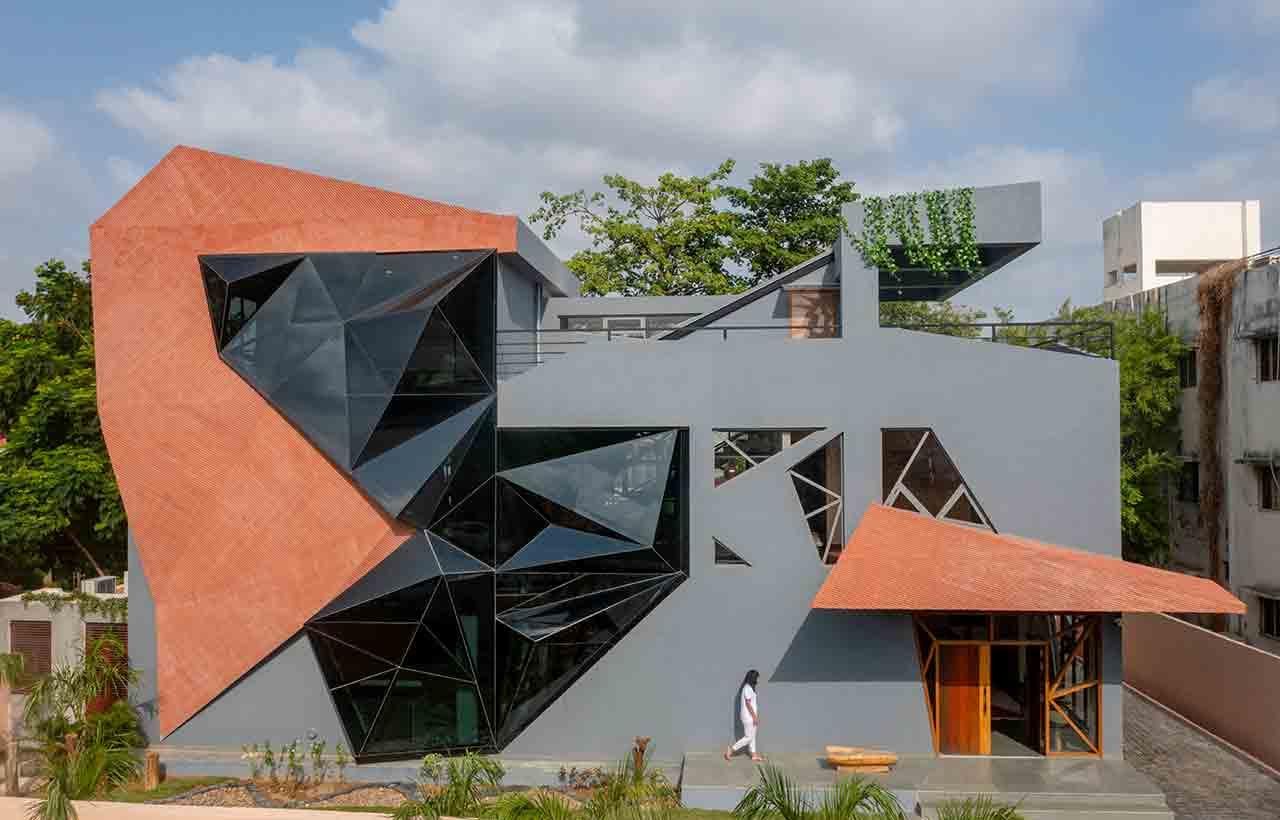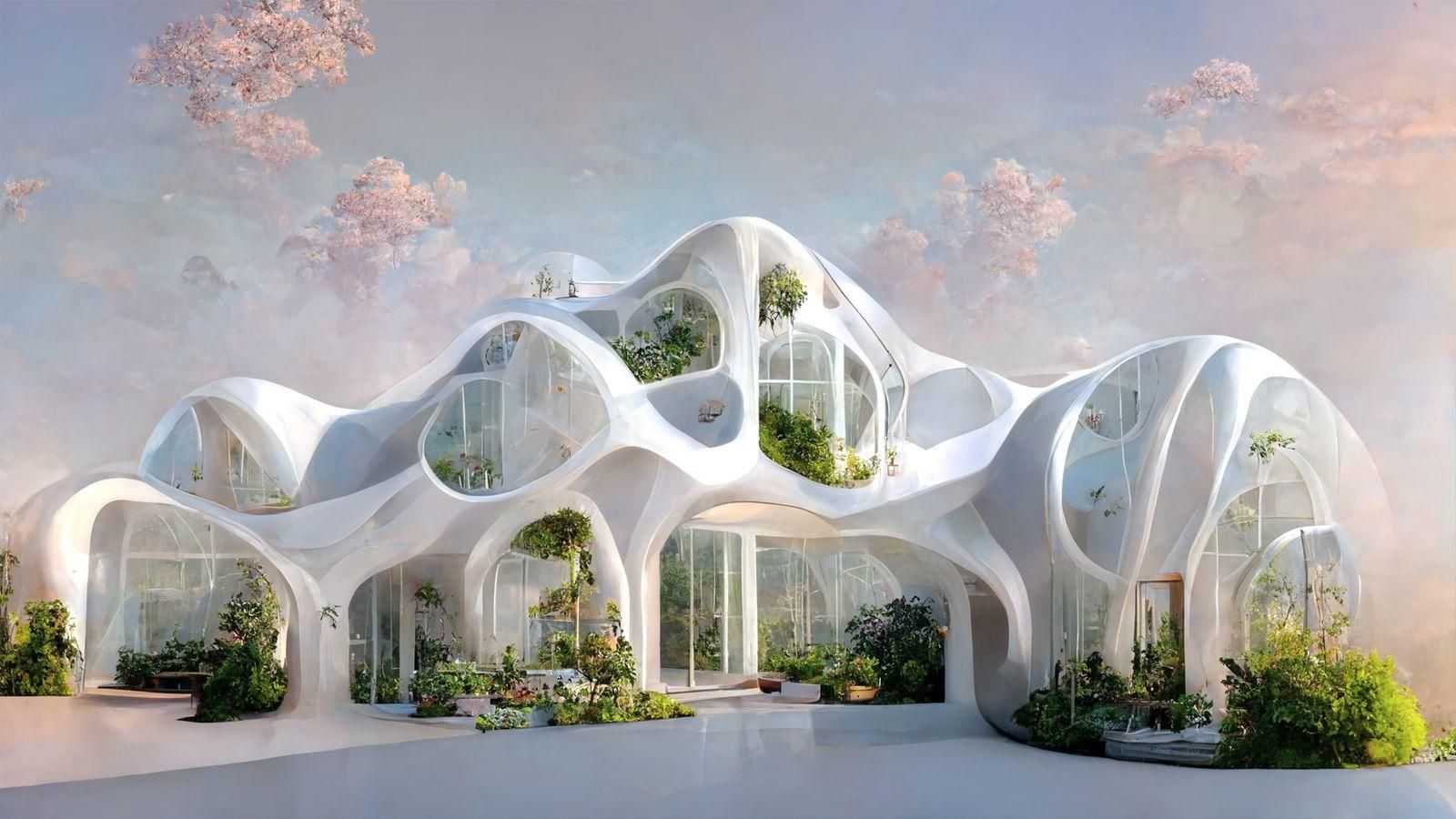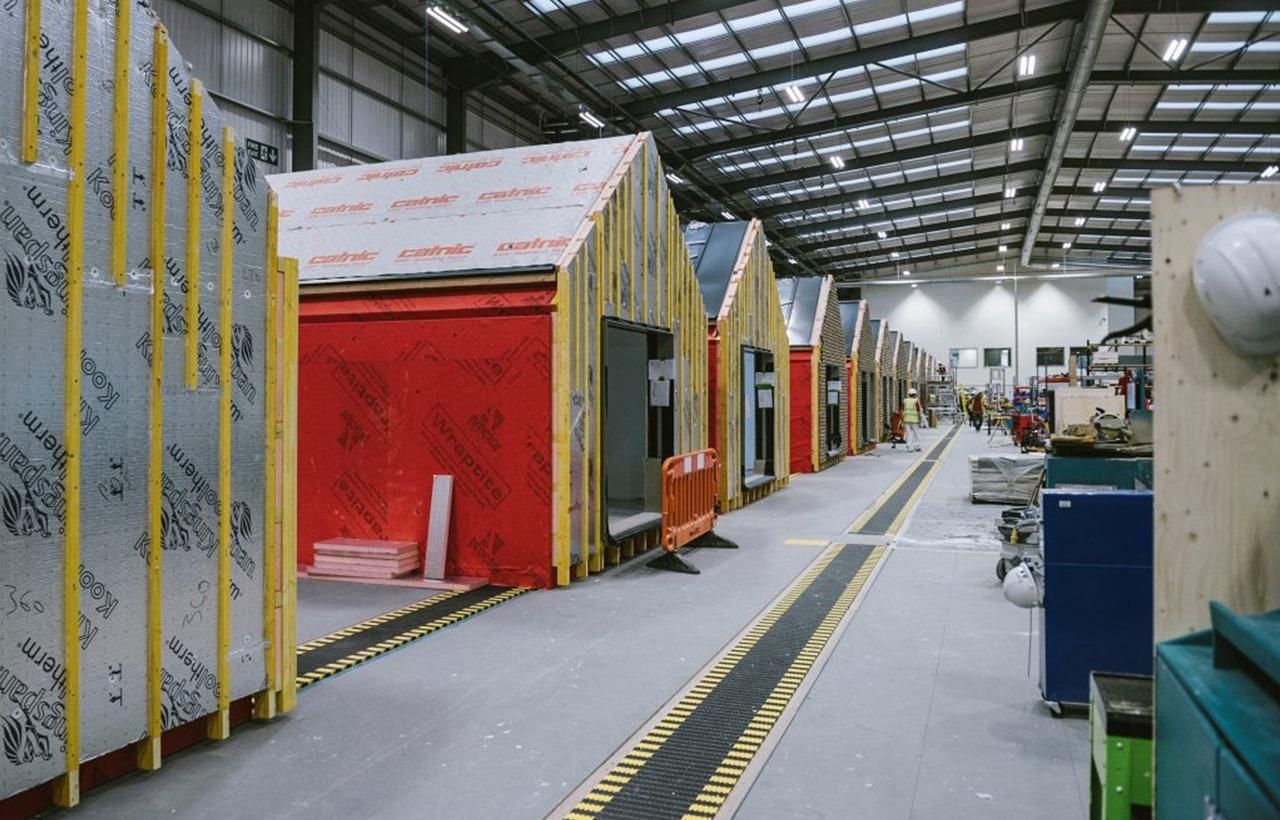Forecasting Construction Trends for 2024: Which Trends Will Accelerate?
Forecasting Construction Trends for 2024: Which Trends Will Accelerate?
2024 is anticipated to be a year of emerging construction trends designed to meet human needs and contribute to a sustainable future. Key trends expected to gain momentum include the application of AI in construction, further reinforcement of green building concepts, and the significant advancement of 3D printing.
Rise of Sustainable Construction

The use of environmentally friendly materials is predicted to experience strong growth. Sustainability is currently a major focus in constructing resilient infrastructure. In India, this trend is further emphasized by stricter requirements for buildings to withstand climate change and natural disasters.
Significant changes in green building techniques are expected in 2024. Many companies will turn to eco-friendly materials, energy-efficient designs, and waste reduction strategies. The long-term cost savings associated with green buildings are becoming increasingly attractive, especially as public awareness of environmental impact grows.
However, the drawbacks of sustainable materials include higher costs and the need for more meticulous construction techniques.
Technological Transformation in Construction

AI-Driven Construction by Stephen Coorlas
Technology is set to be a powerful ally in the digital transformation of the construction industry. Artificial Intelligence (AI) in the construction market is projected to grow at a significant compound annual growth rate (CAGR) of 24.31%, from $3.21 billion in 2023 to $9.53 billion by 2028. This robust expansion reflects the industry's recognition of the immense potential offered by technological transformation.
3D printing, AI, and the Internet of Things (IoT) are examples of smart construction technology development. Planning, real-time monitoring, and even automated construction processes are supported by these technologies.
In particular, AI is expected to have a significant impact on the construction sector in 2024, especially in planning. Design and construction will benefit greatly from the advancements in 3D printing in terms of time and cost.
In the future, technology will be used to streamline every aspect of construction, from planning to execution.
Resilient Architecture

Resilient architecture is predicted to become a prominent trend in 2024. Recent climate change has caused erratic weather patterns, with the UK experiencing intense storms. As a result, buildings must be designed to handle extreme weather conditions, seismic activity, and high winds while maintaining aesthetic appeal.
Human-Centric Design

The construction industry is shifting towards a human-centric approach, characterized by designs that emphasize the well-being of workers during this technological renaissance. Recognizing the current challenges due to labor shortages, the industry is actively seeking innovative solutions rather than just making adjustments.
Partnerships with educational institutions and vocational training centers are becoming more common. This strategy not only provides a high-quality workforce for the future but also addresses the current shortage of skilled labor, ensuring stable growth.
Modular Construction Methods

Prefabricated and modular construction techniques are expected to see significant growth in the near future. These methods save money and time, reduce waste, and are particularly well-suited for urban environments where minimizing disruption and optimizing productivity are crucial.
Article by: Hương Vũ
